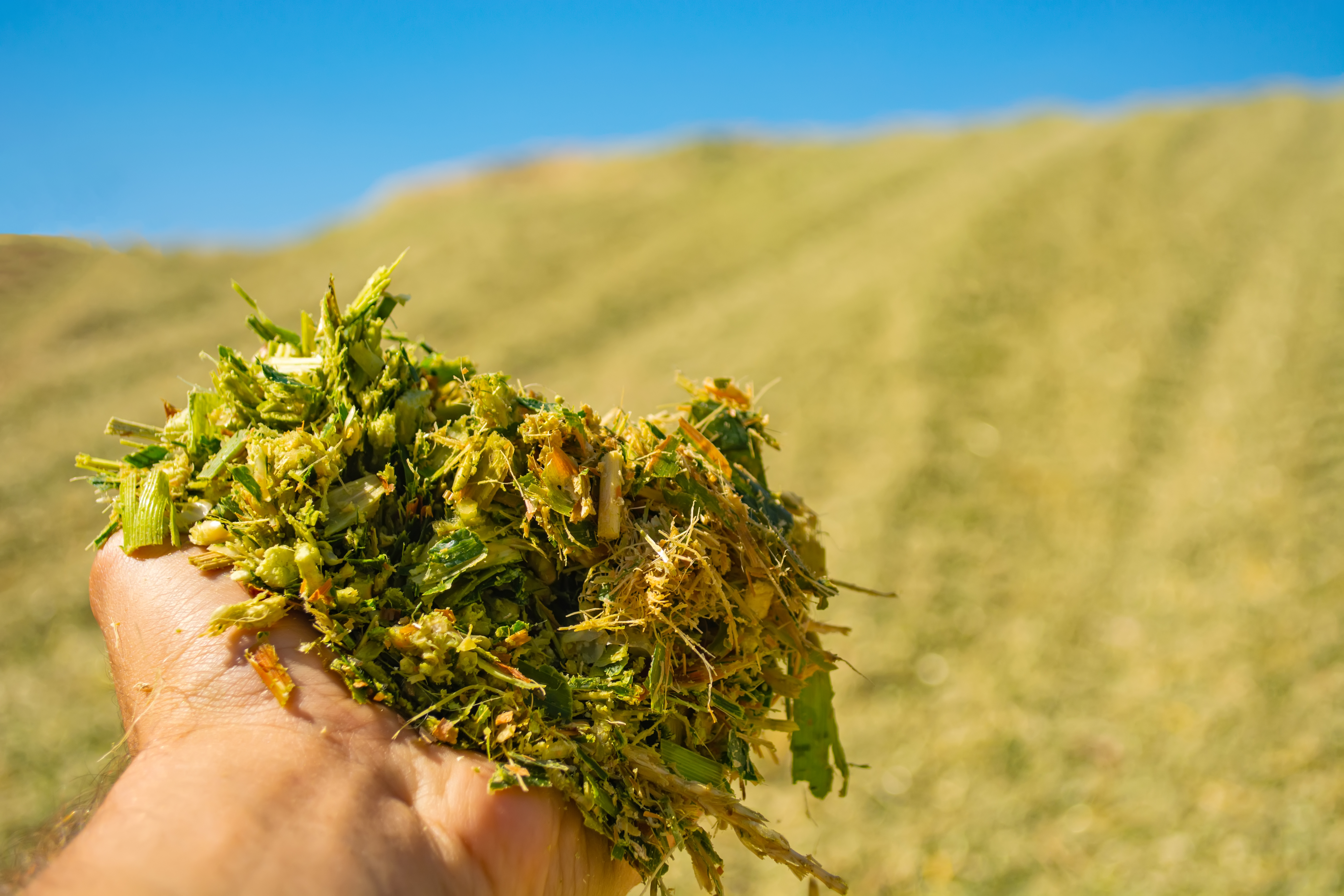© 2025, Nutrien Ag Solutions, Inc

One of the questions mixed producers may struggle with is determining whether their crop is bound for silage or grain. Producers should take a whole farm approach to balancing need for feed versus cash crop, and several factors should be taken into account in this decision-making process.
Timing is everything, and silage acres should be a consideration in the fall during crop planning for the following spring. A significant change in Alberta is the increase in the number of acres of corn silage. Corn silage requires specialized seeding and harvest equipment, and if a grower is new to growing corn, working with a qualified agrologist can help ensure success.
Cereal silage is easier from a management perspective, but growers should consider which cereal, blend of cereals, or cereals and pulses they want to grow based on the nutritional demands of their livestock operation. Weed management should also be considered – knowing what weed challenges there are along with herbicide limitations that exist with each crop choice is key. When selecting a variety, chose one that performs well in your area and don’t be afraid to ask a lot of questions. Many companies do silage feed quality testing as part of their internal varietal testing, but these numbers are not always published.
Silage acres are often the last to be seeded. By this time, many growers have an indication of potential hay crops as they respond to early season moisture and heat. This may help a grower decide on silage acres. By the time cereal silage has headed out, growers will have a better indication of fall markets for both feed and grain. Hay crops may also be harvested and some feed for the winter may already be on farm.
Growers trying to balance silage and grain production often grow additional acres of silage (often feed barley) and allow the growing season to dictate how many acres are cut for silage. Considerations for determining potential silage acres include current on-farm feed left from past production years, typical feed production including hay acres and anticipated feed requirements.
The bottom line on a mixed farm is a bit more challenging – the decision to reduce herd size based on feed availability is very difficult; easy on paper but hard in reality. Although the right economic choice might be to sell a cash crop and reduce herd size, it is not as easy to increase herd size when feed is ample or in excess. It is much easier to plan for excess feed production and swap silage acres into grain acres at the eleventh hour.
